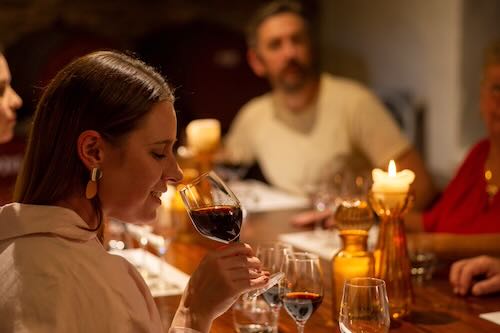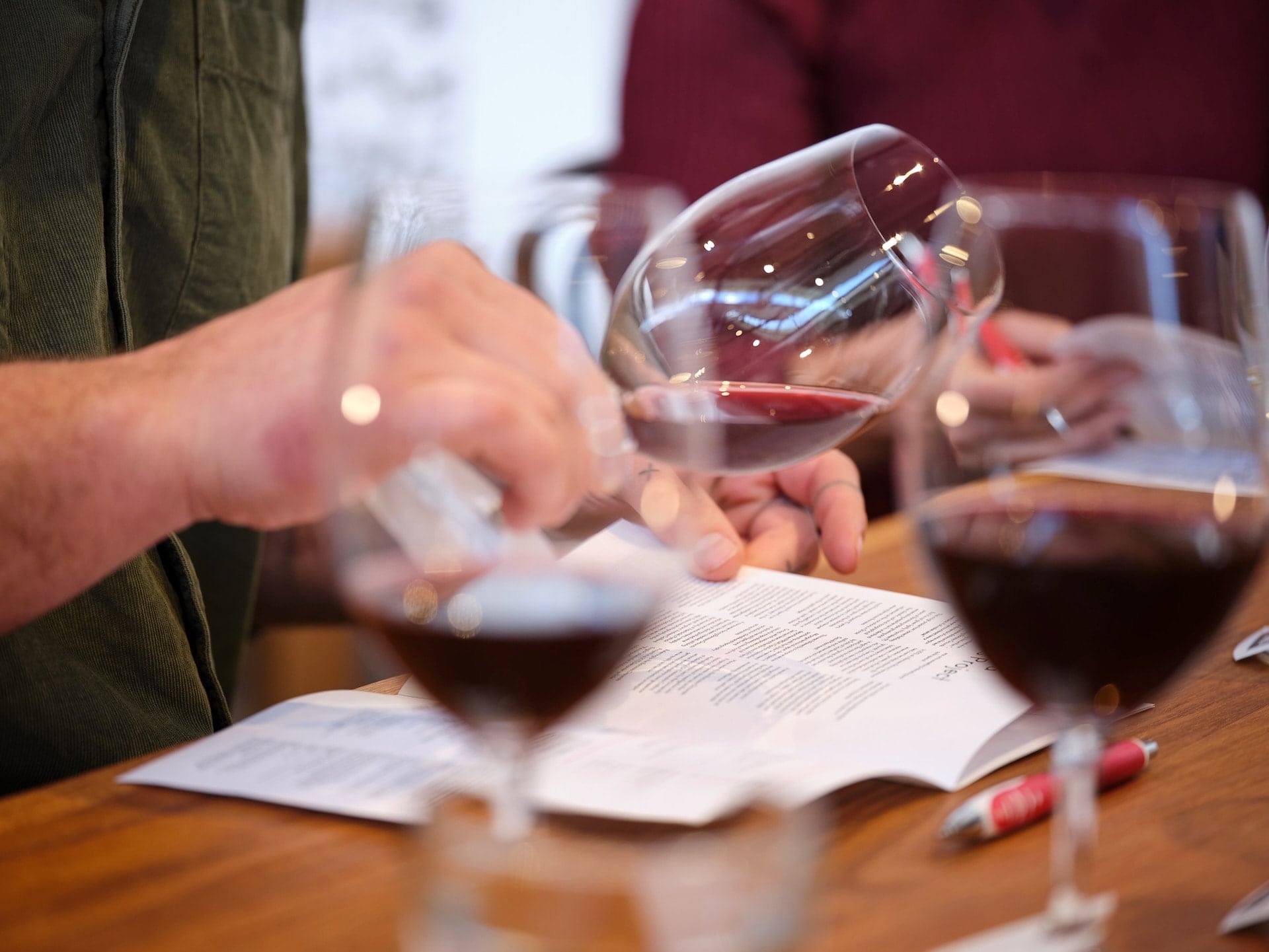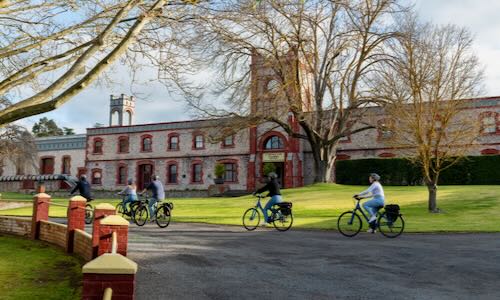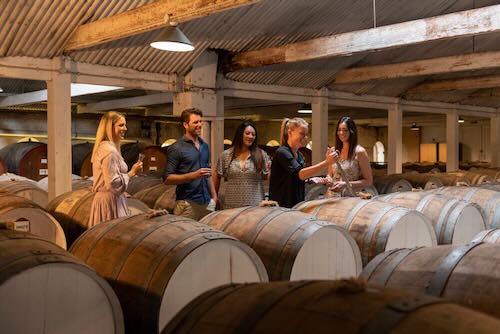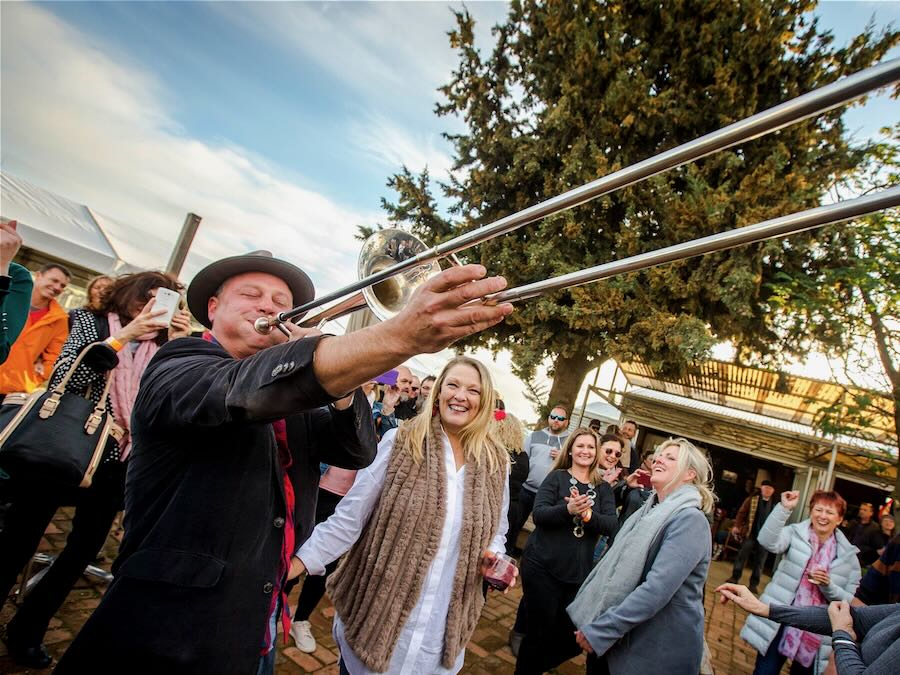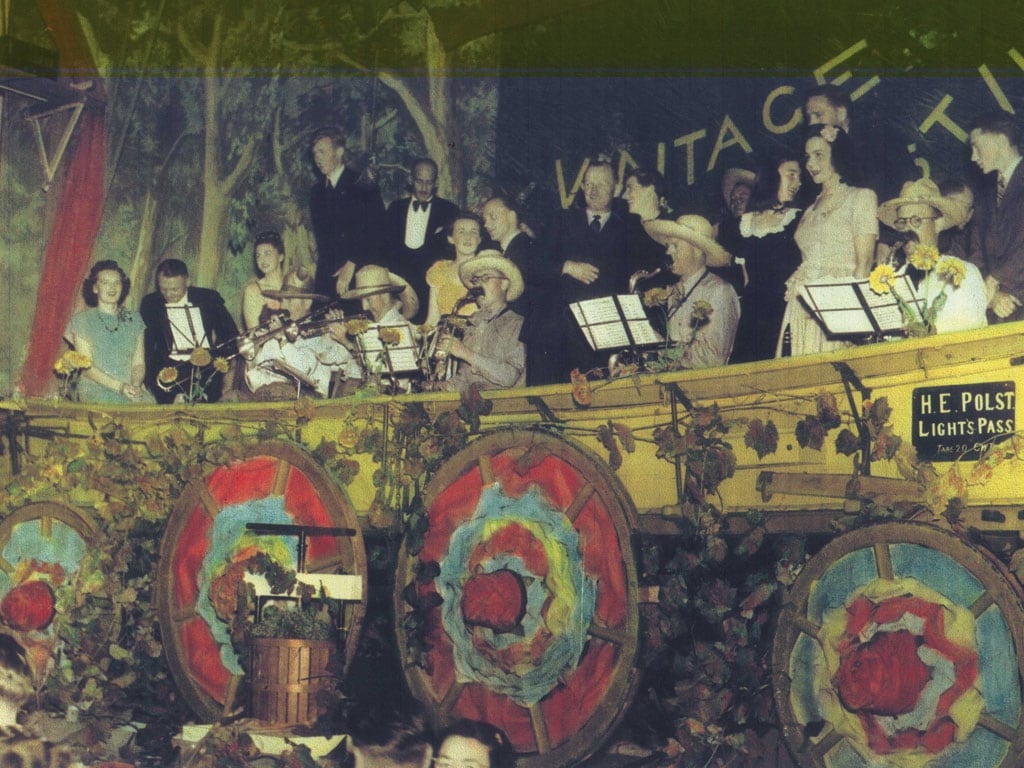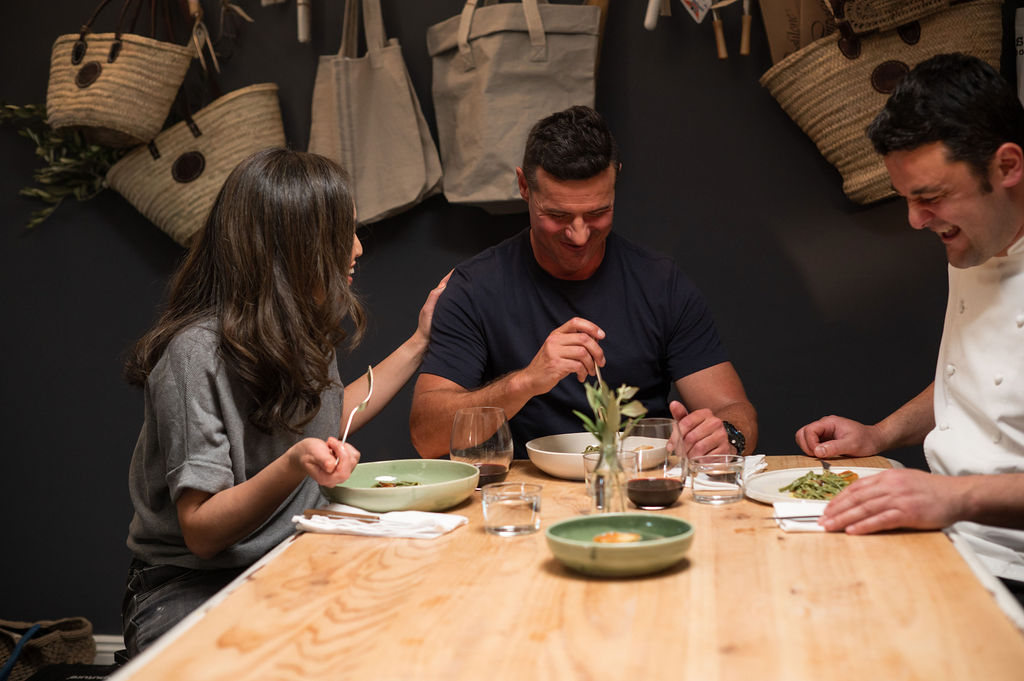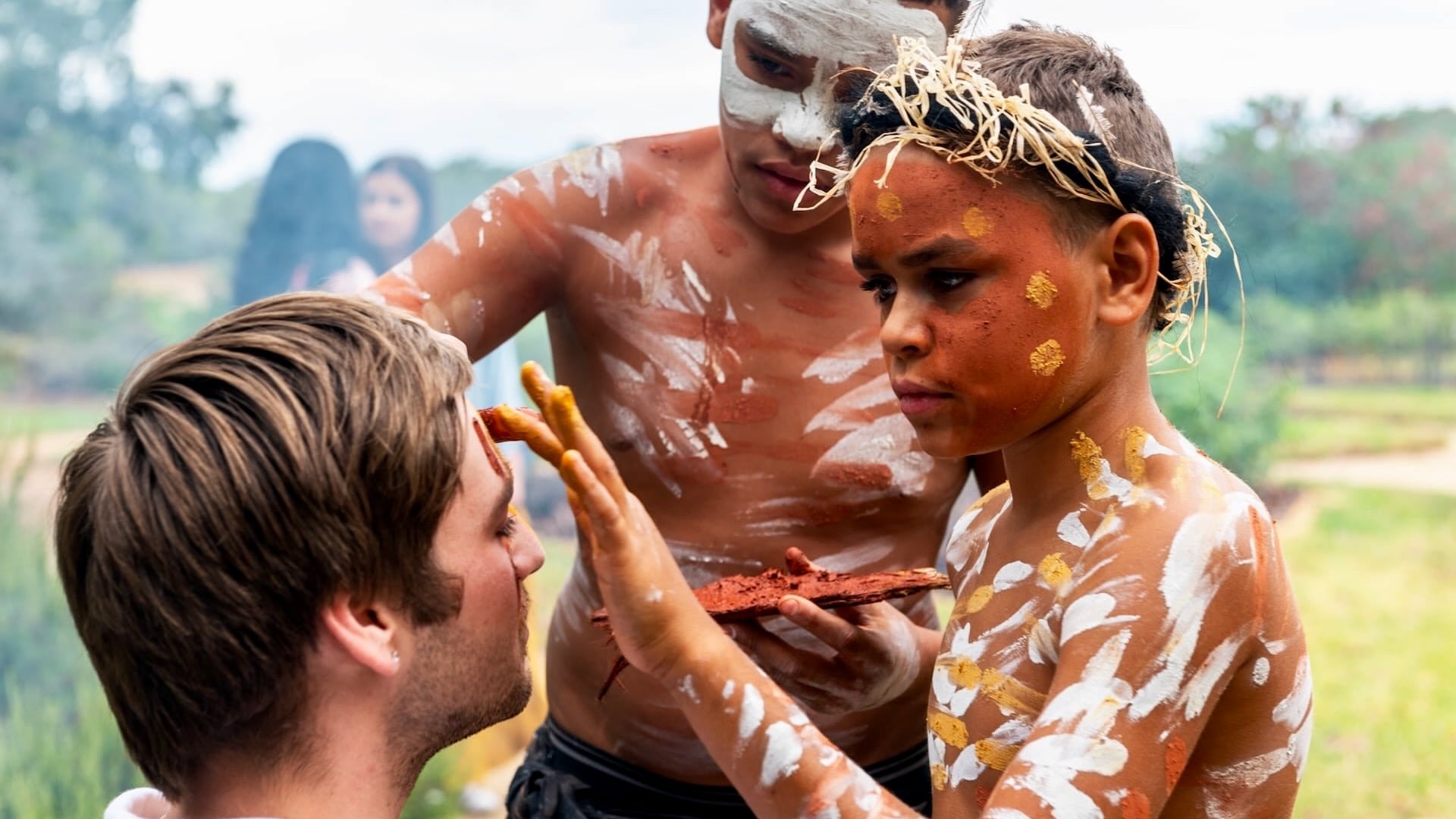This land shares a boundary with the Ngadjuri people who live and care for the land embracing Angaston and Freeling in the south and running northwards to Clare, Crystal Brook, Gladstone up to Carrieton and Orroroo in the Flinders Ranges. Their traditional lands are closely aligned with the range of the peppermint gum, which explains why the Kaurna people’s name for Ngadjuri people is Wirameju, meaning in Kaurna “peppermint gum forest people.”
Cultural knowledge of the Ngadjuri people includes the Dreamtime story of the Crow and the Eagle, while other Dreaming Stories explain the invaluable ochre deposits found at Parachilna Gorge, harvested by the Ngadjuri people for its medicinal properties and also for cultural ceremonies.
The Kaurna people live in the Adelaide Plains and their lands extended from Cape Jervis at the bottom of the Fleurieu Peninsula to Port Wakefield on the eastern shore of Gulf St Vincent, and as far north as Crystal Brook in the Mid North, encompassing most of the modern Barossa region.
The stringy bark forests over the back of the Mount Lofty Ranges have been claimed as a traditional boundary between Kaurna and Peramangk people. Many places around Adelaide and the Fleurieu Peninsula have names either directly or partially derived from Kaurna place names, such as Cowandilla, Aldinga, Morialta and Munno Para. The Kaurna people are the custodians of the Tjilbruki Dreaming, an important Dreamtime story of law, relationships and the creation of significant landscapes along the coast and in the Adelaide Hills.
The arrival of Europeans in South Australia had an indelible impact on the First Nations people who lived here prior to 1837.
Significantly, and unlike the rest of Australia, South Australia was not considered to be terra nullius (“nobody’s land”) upon the arrival of Europeans.
By the 1850s there are increasingly few references to the Peramangk people, while several contemporaneous records note that sudden and significant decline in the Peramangk population most likely due to the devastating impacts of introduced diseases such as smallpox.
In the broader Adelaide Plains, dispossession of their traditional lands and increasing conflict with the European colonists led to the fragmentation of cultural practices and destruction of a traditional way of life led by the Kaurna people for hundreds of generations.
As with other First Nations people in South Australia, the Ngadjuri people were decimated by introduced European diseases such as smallpox and measles, and this loss was compounded by the dispossession of the Ngadjuri people from their traditional lands as colonisers took over their water and land resources.
Learn more about Reconciliation on the Barossa Council website.


